Due to their complex forging process, exposure to battle damage, and centuries of aging, samurai swords often exhibit a variety of flaws. While minor defects that do not affect performance are usually acceptable, and even characteristic of certain schools, serious structural issues can compromise the integrity of a blade.
Table of Contents
- Hagire (Edge Cracks)
- Hake (Edge Chipping)
- Yakizumi (Burning Shadows)
- Fukure (Blisters or Delaminations)
- Umegane (Plugged Metal)
- Ware (Layer Cracks)
- Shirake or Nami (Wrinkles)
- Yakiochi (Hamon Cut-Off)
- Mizukage (Water Shadows)
Hagire – Edge Cracks
These are fractures in the blade's cutting edge, especially dangerous when the crack forms a sharp angle perpendicular to the body. This significantly weakens the sword and increases the risk of breakage. When the crack runs at a slant, the danger is slightly reduced. If the fracture is nearly parallel to the blade, it is called hamon-gire. A special variant at the kissaki (tip) resembling a crow’s beak is called karasu-kuchi.
Hake – Edge Chipping
These are rounded, non-sharp edge chips where the blade has lost material but without fracture lines that propagate. Such flaws don’t threaten structural failure and actually suggest a strong forging process, though they are still considered imperfections.
Yakizumi – Uneven Carbon Distribution
If the carbon in the steel is not evenly distributed, parts of the blade may appear dull or dark. This flaw affects visual aesthetics rather than structural strength but can impact collector value.
Fukure – Blisters or Delaminations
During repeated folding, air may become trapped between the steel layers, forming hidden voids. After many polishings, these voids can become exposed on the surface, creating visual imperfections.
Umegane – Plugged Steel
This refers to visible embedded patches or plugs of steel used to cover internal flaws. It is often viewed as a deliberate concealment of defects, though it was sometimes practiced by skilled craftsmen.
Ware – Layer Cracks
These are open seams that run parallel to the blade caused by incomplete fusion during folding. In mild cases, they are accepted, especially in blades with straight-grain patterns like masame-hada. When located along the spine (mune), they are known as mune-ware.
Shirake – Wrinkling
Small surface wrinkles on the blade are generally cosmetic flaws. If found on the edge, they are called ha-nami; on the body, ji-nami; and on the spine, mune-nami. Multiple overlapping wrinkles may be termed centipede marks or mukade-nami.
Yakiochi – Hamon Cut-Off
This flaw occurs when the hamon (temper line) terminates too early, above the tang. Although this area of the blade is rarely used, and yakiochi is not critical, it's considered a cosmetic defect. Conversely, when the hamon extends into the tang (nakago), it's known as yaki-ire and can be a signature feature of some schools.
Mizukage – Water Shadows
These marks appear when part of the blade doesn’t fully enter the water during quenching. The resulting discoloration resembles a misty watermark, aesthetically significant but not structurally harmful.
Note: Many of the so-called “flaws” in Japanese swords are not necessarily negative. Some are aesthetic quirks or characteristics unique to a specific era or smithing school, and experienced appraisers will take this into account.
Read more
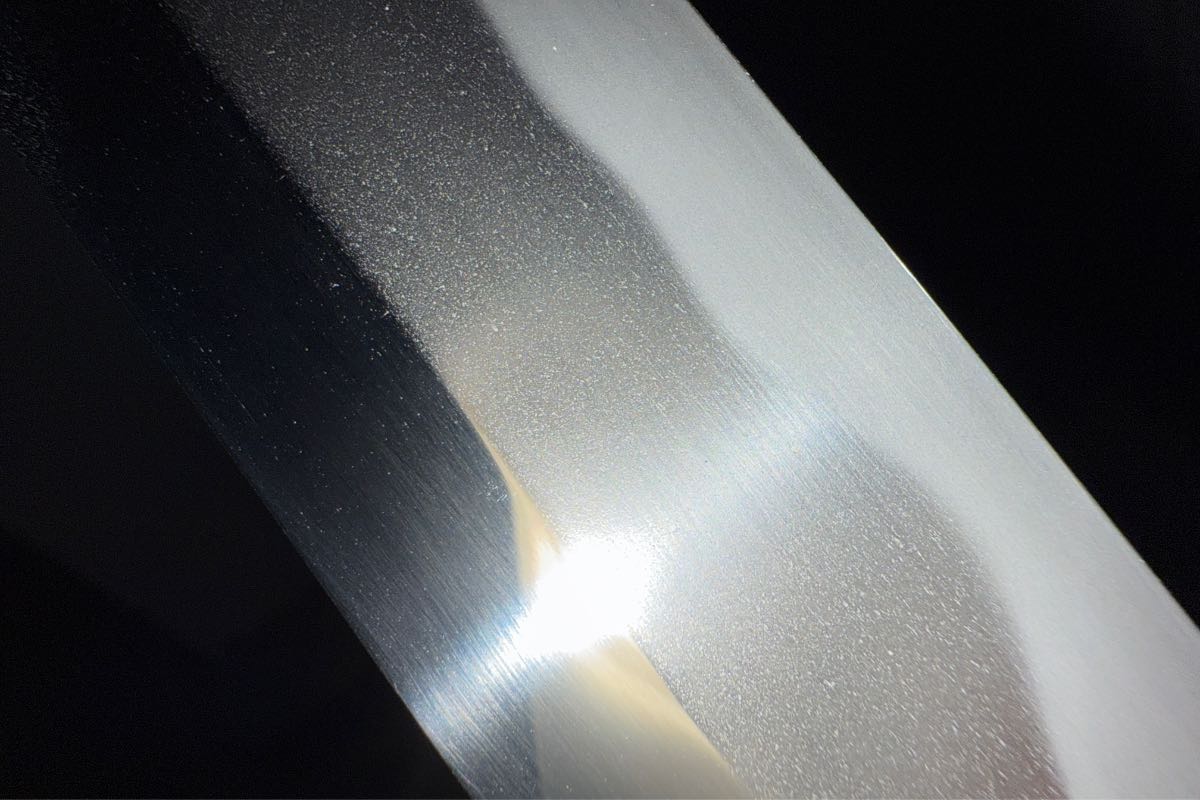
Discover how the quenching process creates the stunning beauty of nioi and nie in Japanese swords. Learn about rare features like sunagashi, kinsuji, utsuri, and the hidden secrets of traditional f...
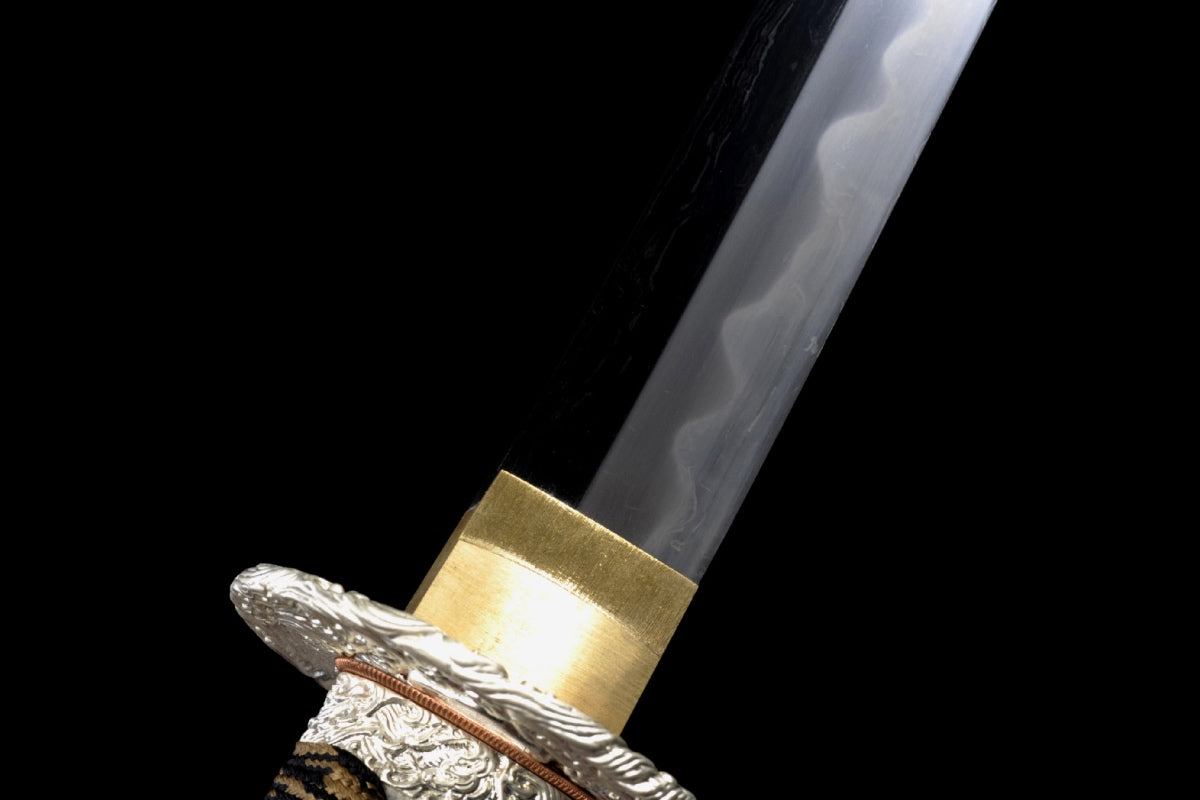
Discover the artistry and science behind the hamon, the wave-like temper line found on traditional Japanese swords. Learn how it forms during quenching, the meaning of different styles like choji a...
Shop katana
Our katana store offers a wide selection of japanese swords — from traditional katanas and anime-inspired designs to fully functional blades — featuring a variety of materials and craftsmanship to suit your preferences.




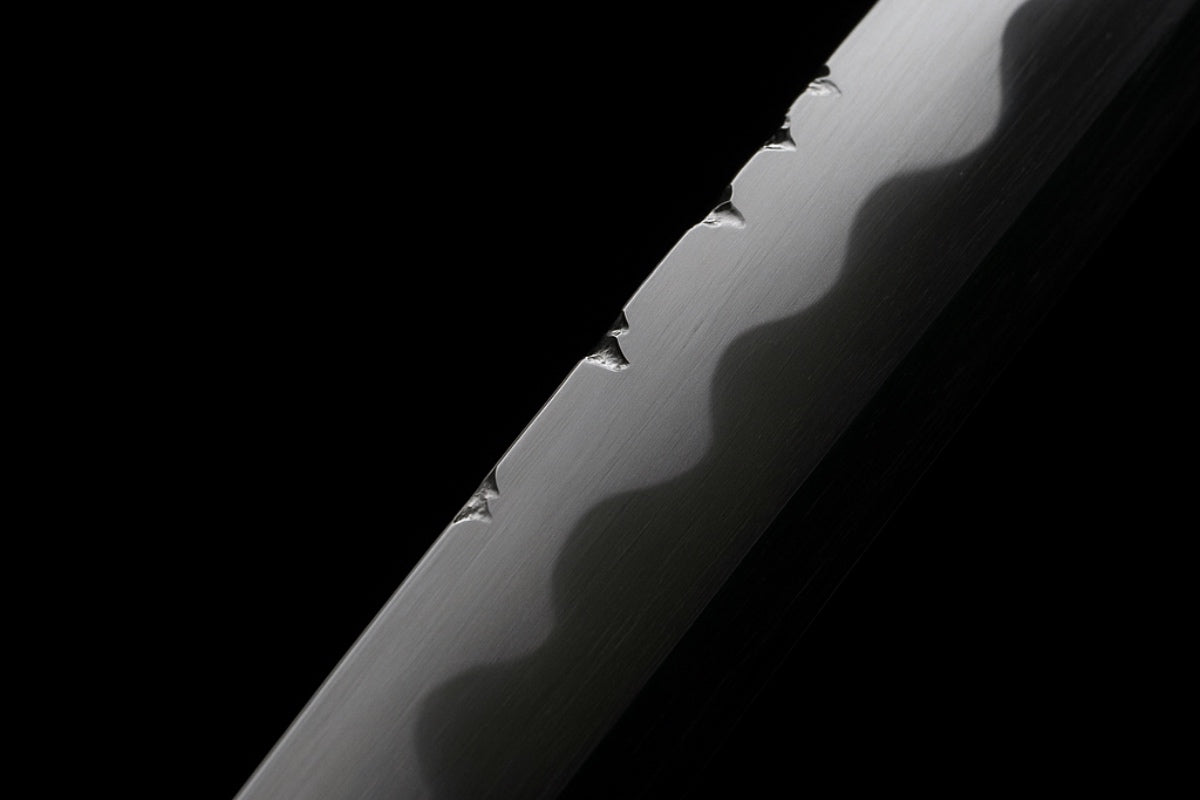
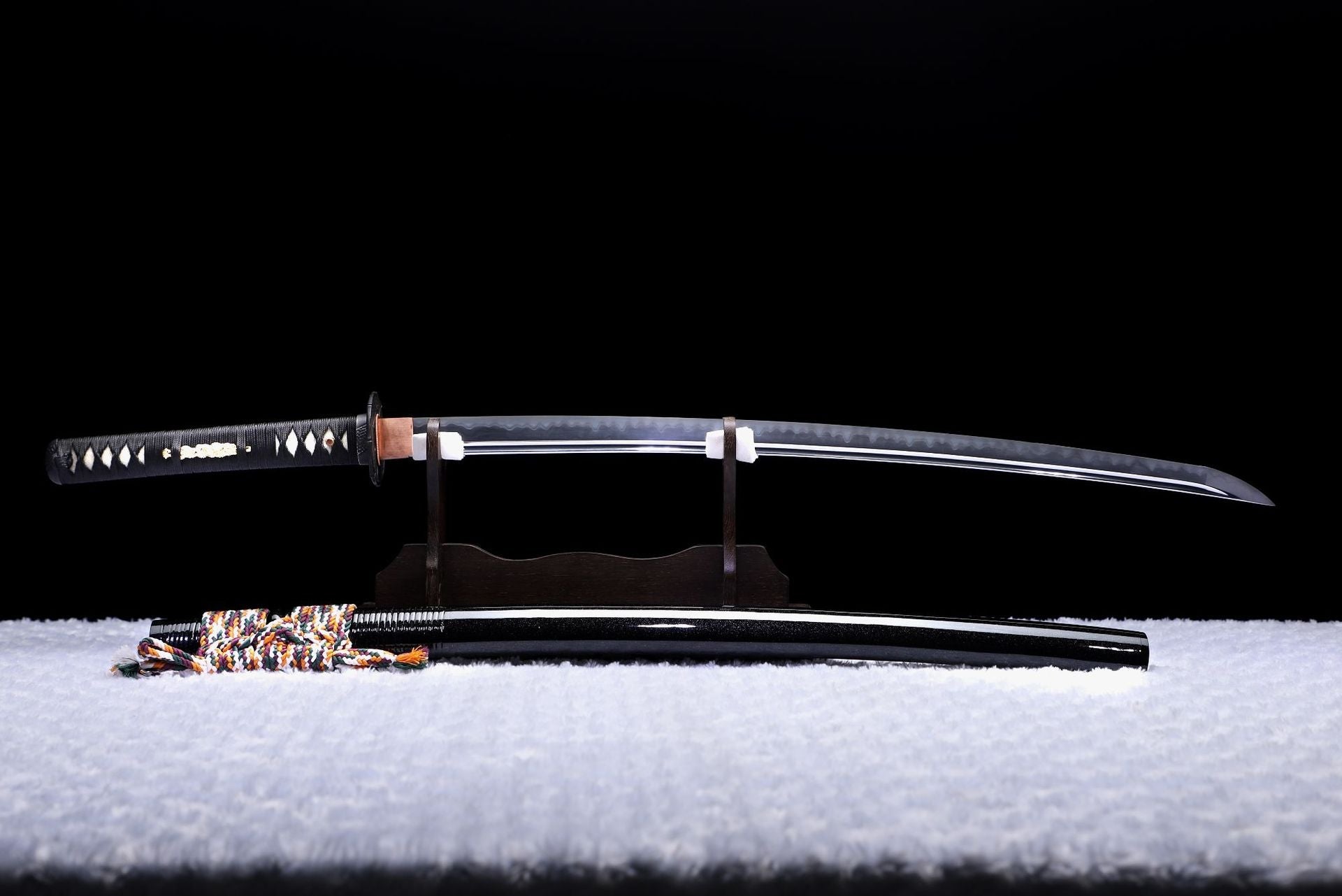
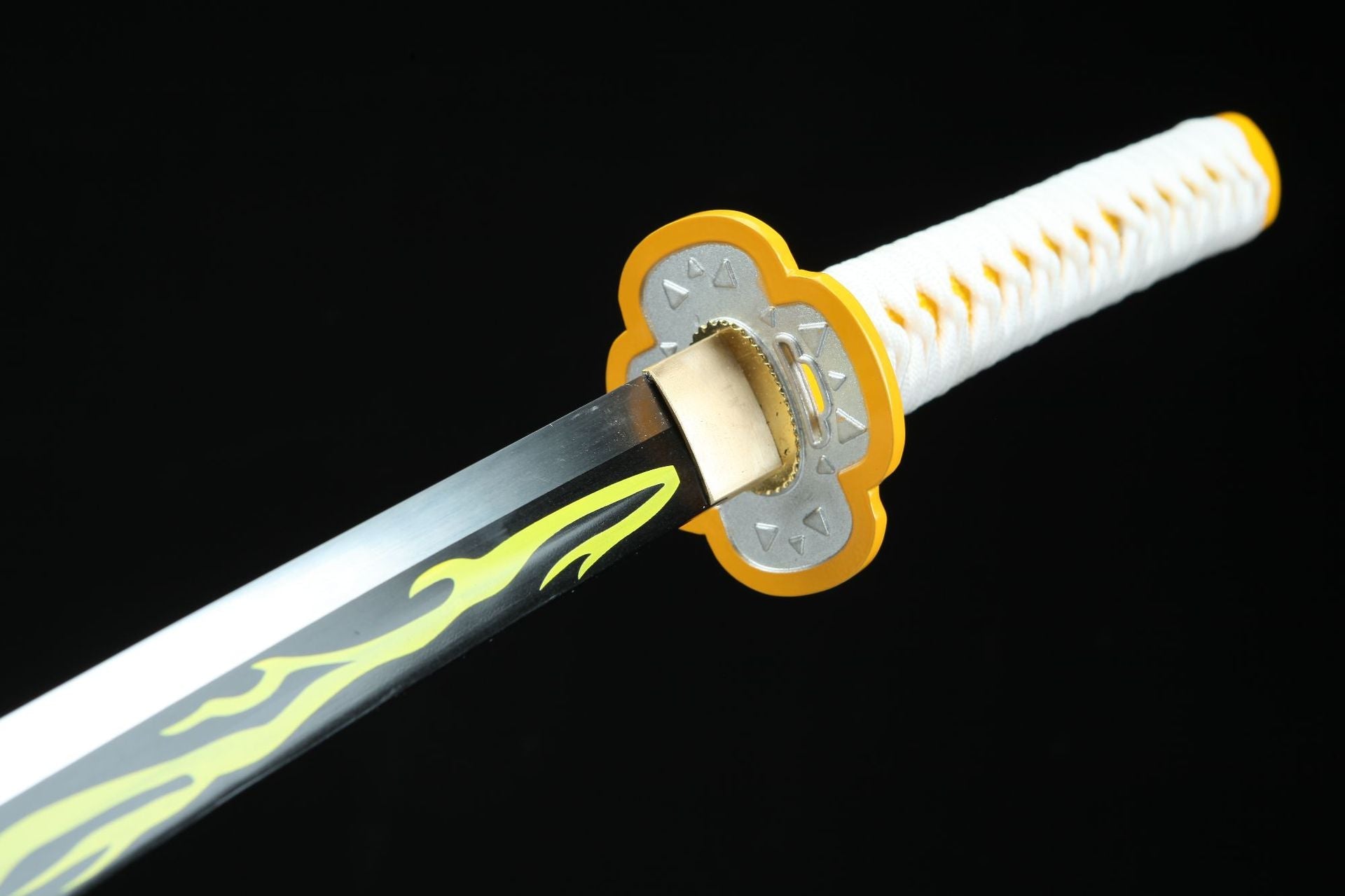
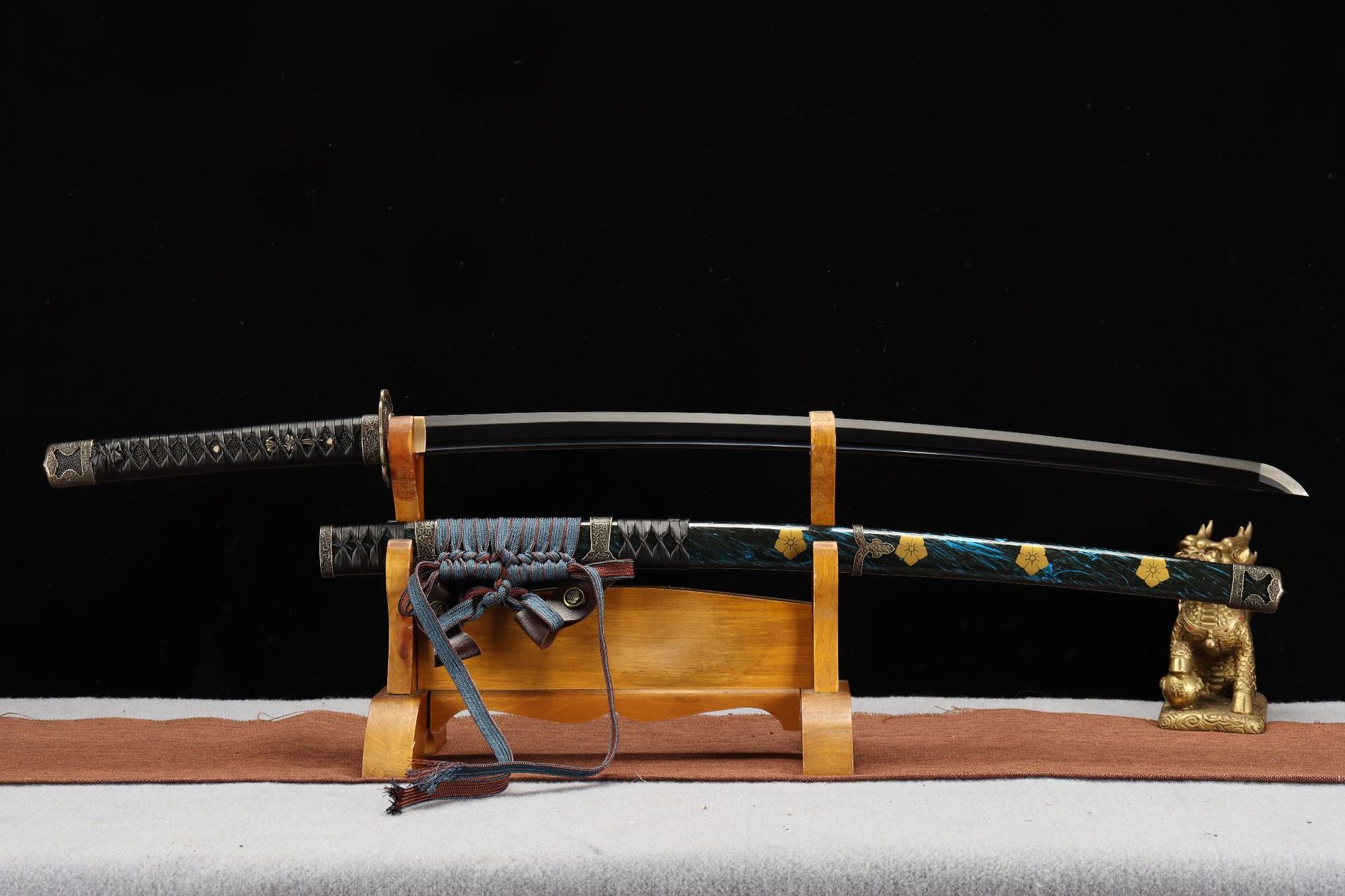
Leave a comment
All comments are moderated before being published.
This site is protected by hCaptcha and the hCaptcha Privacy Policy and Terms of Service apply.